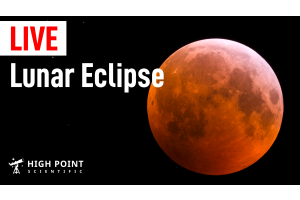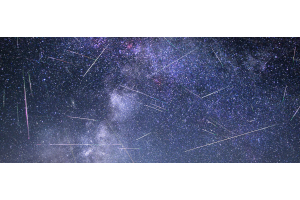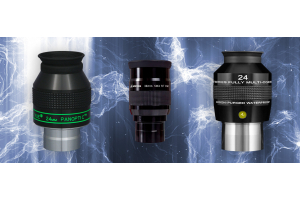
Recently in the headlines, you may have heard about a new asteroid expected to make a close approach to Earth – 2024 YR4. This strange and seemingly silly name comes about from a carefully calculated, mathematical method of naming asteroids. Discovered by the Asteroid Terrestrial-impact Last Alert System (ATLAS) in December 2024, this object now has a ‘3’ on the Torino scale.
But what is this scale? The Torino scale is a method used to categorize the impact hazard associated with near-Earth objects (NEOs) like asteroids and comets. It ranges from 0 to 10, where 0 indicates no hazard, and 10 signifies a certain collision that could cause a global catastrophe. A rating of '3' on the Torino scale, as assigned to asteroid 2024 YR4, suggests a close encounter with Earth, meriting attention by astronomers, but there is no likelihood of a collision. This scale helps communicate the level of concern to both the scientific community and the public, providing a clear and concise assessment of potential risks from NEOs. It was designed to replace less precise, more alarmist systems of asteroid impact prediction, thereby reducing public fear while ensuring that significant threats are appropriately highlighted.
Another significant example where the Torino Scale was used for the asteroid Apophis occurred shortly after its discovery in 2004. Initially, observations indicated that Apophis had a roughly 2.7% probability of impacting Earth on April 13, 2029. This relatively high probability led to Apophis being assessed at level 4 on the Torino Scale, which was the highest rating ever achieved on this scale. This rating signified a "close encounter, meriting attention by astronomers," due to the size of the asteroid and the potential threat it posed. However, with further observations, particularly radar observations in 2005 and subsequent years, the impact risk was recalculated, eventually leading to Apophis being downgraded to level 0, meaning no significant hazard was anticipated. In all likelihood, the asteroid 2024 YR4 will receive a similar classification upon additional observations. There is an expected stellar occultation in the early part of February 2025 that will help redefine the risk, likely also to zero.
Close encounters, and indeed impacts, between asteroids and Earth are not just the stuff of science fiction; they are events that occur with some regularity in astronomical terms. Of course, everyone knows that 66 million years ago, a large asteroid several kilometers across was responsible for the destruction of the dinosaurs. These “world-ending” impacts are extraordinarily rare, with one at most happening every 100 million years or so on average. Earlier in the solar system, things were a little different during an era known as the “Late Heavy Bombardment” era, where most of the Moon got its craters. Then you have impacts that could destroy a city or a town - these are unfortunately much more common, at least in the cosmic timeline. The Tunguska event, which occurred on June 30, 1908, in a remote area of Siberia, was likely caused by the airburst of a large meteoroid or comet fragment. This explosion flattened around 2,000 square kilometers of forest, but fortunately, due to the sparse population, no human casualties were directly reported. In 2014, a similar, albeit smaller, incident happened over Chelyabinsk, causing over 1,000 injuries.
Looking forward to the future, the most anticipated close approach in recent history is that of asteroid Apophis, expected in 2029. This asteroid, named after the Egyptian god of chaos, will pass by Earth at a distance of approximately 40,000 kilometers. This proximity is less than the distance to some of our geostationary satellites, making Apophis's approach one of the closest known for an object of its size. During this flyby, Apophis will become visible to the naked eye, appearing as a bright star with a magnitude of +3, which is comparable to some of the brighter stars in the night sky.
In conclusion, while the close approach of asteroid 2024 YR4 has captured public attention due to its Torino Scale rating, it serves as a reminder of the ongoing vigilance required in our cosmic neighborhood. As technology and observation methods improve, our ability to predict and understand such events grows, allowing us to appreciate the wonders of the universe while preparing for potential threats, ensuring that humanity remains safe from the rare but impactful celestial encounters that have shaped our planet's past.

Learn More
Interested in diving deeper into the world of astronomy? Check out our Astronomy Hub for a wealth of articles, guides, local resources for planetariums and observatories near you, and more to enhance your stargazing experience.









